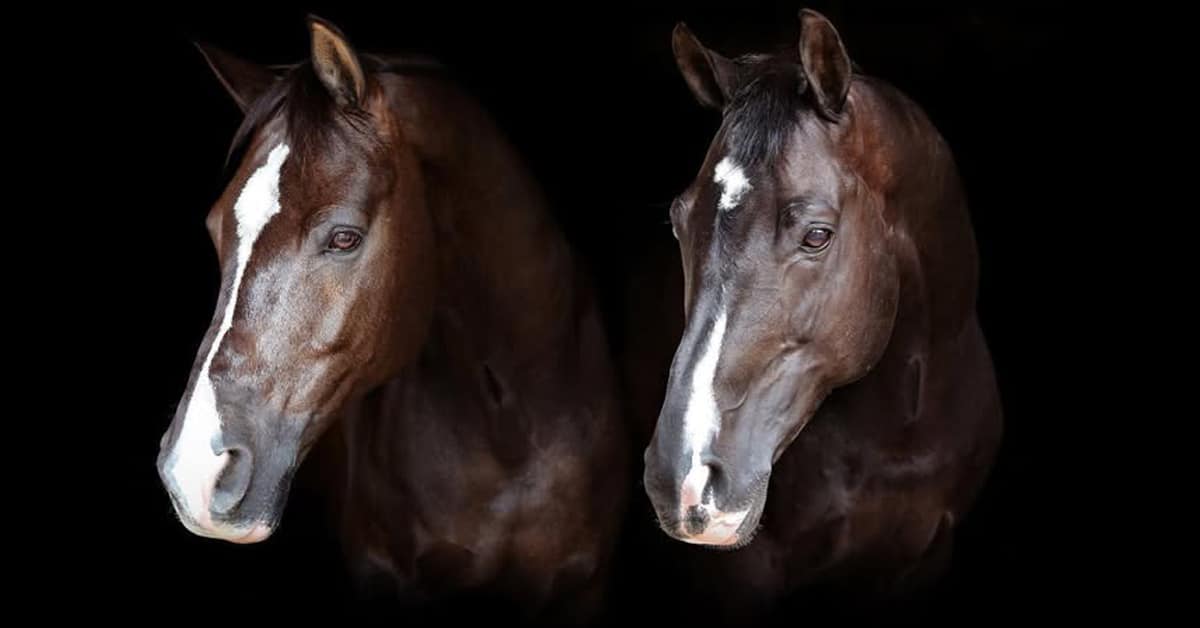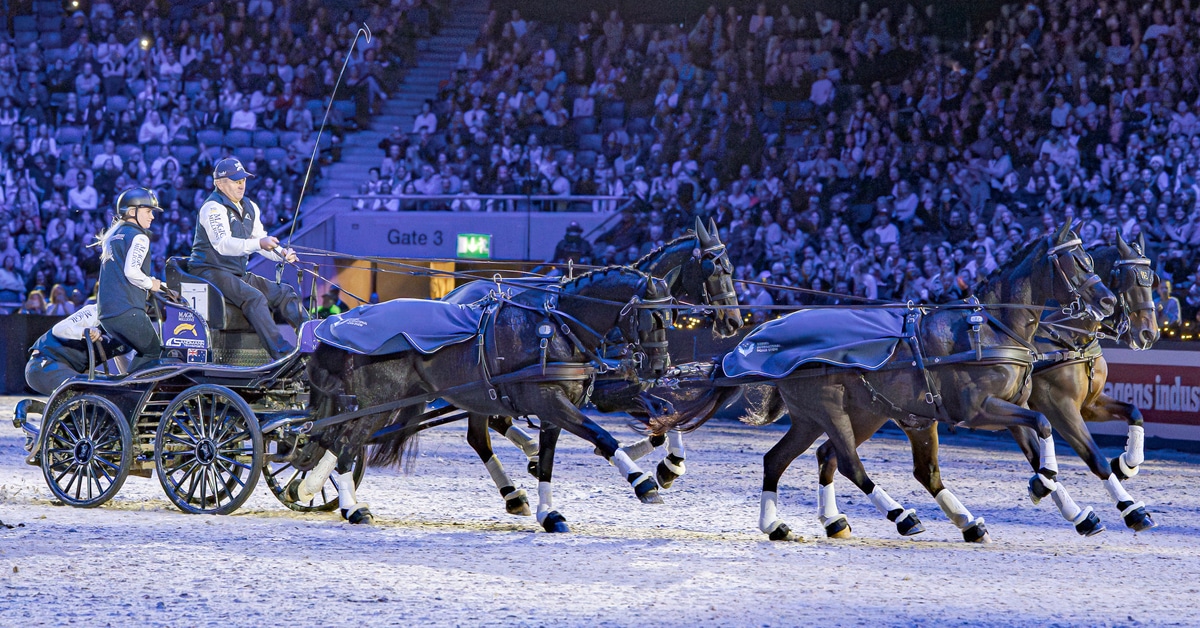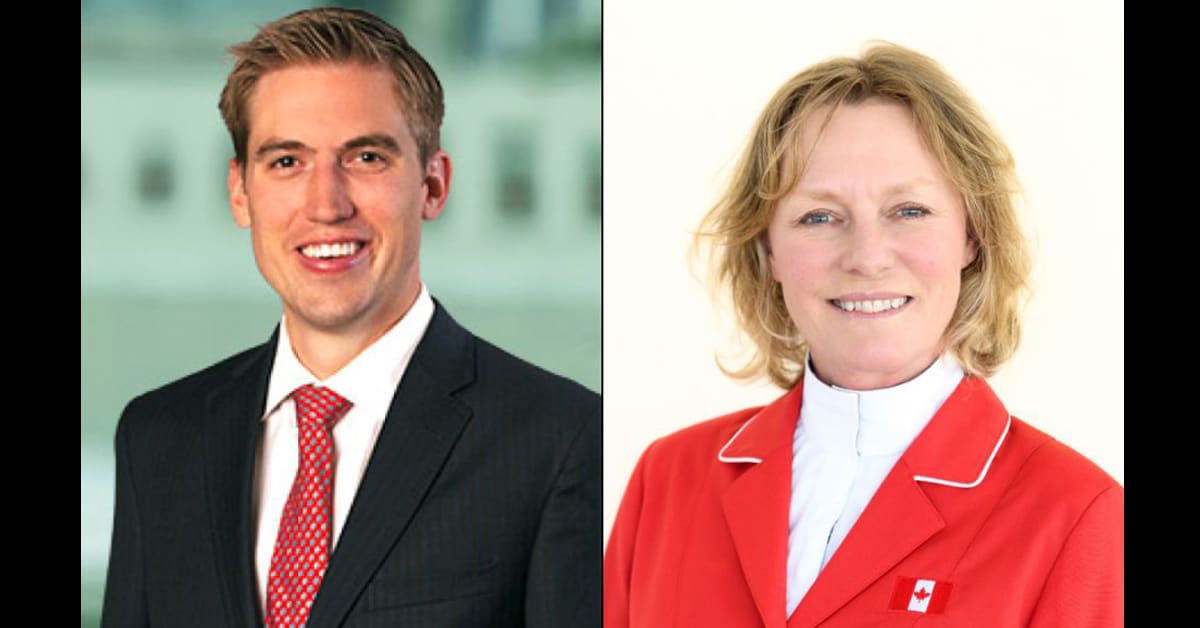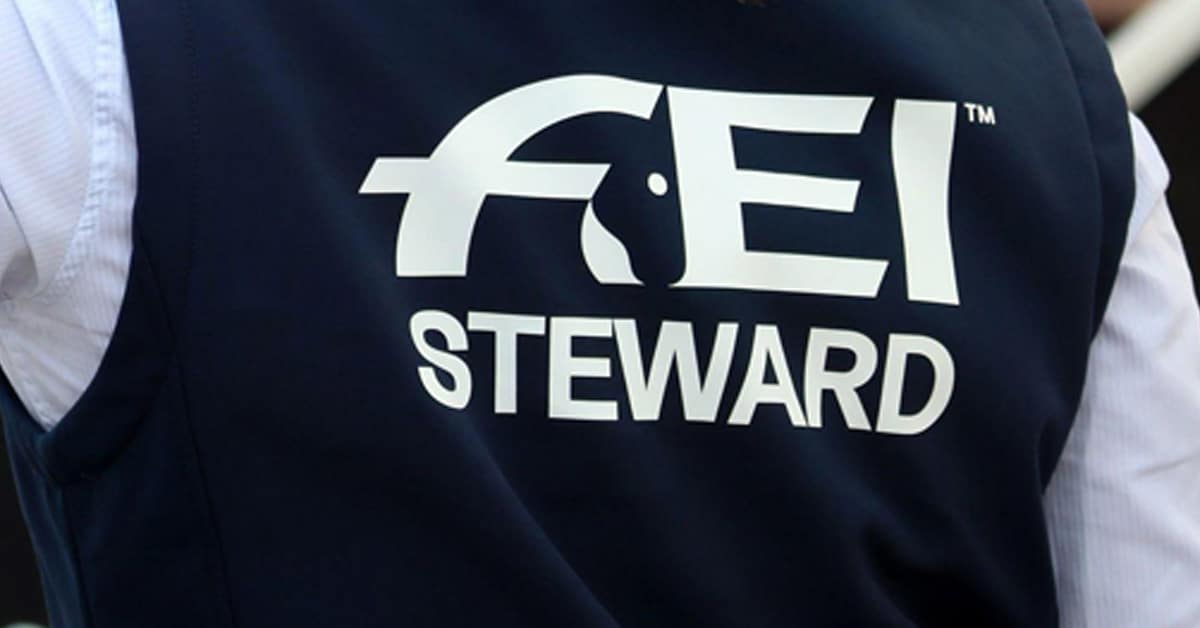The Baji Koen Equestrian Park has won plaudits from the international equestrian community for the top-notch facilities that have played a key role in the high quality of competition during the Olympic and Paralympic Games. But the Japan Racing Association (JRA) which owns and run the facilities, has far reaching plans to ensure barrier free access to equestrian sport.
JRA has worked towards the development and preparation of the Equestrian Park, not just with the delivery of the Olympic and Paralympic Games in mind, but also with a view to boosting the long-term development of the sport.
“We began planning the re-development of the venue even before Tokyo won the right to host the 2020 Olympic and Paralympic Games,” adviser to the JRA’s horse-affairs division Takahiro Nishio explained.
“The Equestrian Park was not initially built to cater to the specific needs and requirements of people with disabilities. But through our preparations for the Paralympic Games, we have gained a better understanding of what we need to do to create a safe and welcoming structure which allows people with different impairments to fully enjoy all that equestrian sport has to offer.
“All our development plans have been created to include accessibility requirements for people with disabilities so that the Equestrian Park, which also functions as a city park, can bring clear benefits to our community even after the Paralympic Games have ended.”
Opened in 1940, the Equestrian Park was created to provide training for riders and horses, and to host equestrian competitions as well as educational and training programmes. The venue was scheduled to host the equestrian competitions at the 1940 Olympic Games which were cancelled on account of war. It was a natural choice for the equestrian events at the Olympic Games that were subsequently held in Tokyo in 1964.
While the original plan for equestrian put forward by the Tokyo 2020 Organising Committee was for a temporary venue in the Tokyo Bay area, the JRA and the Japanese Equestrian Federation (JEF) pushed for the alternative which was to reuse the 1964 Olympic equestrian venue at Baji Koen. The Fédération Equestre Internationale (FEI) were in full support of this as the Equestrian Park would deliver a more tangible and useful legacy for equestrian sport in Japan.
Post Paralympic Games, the JRA has ambitious plans to create pathways and programmes that allow riders engaged in therapeutic programmes to gradually move into Para Dressage competition. There are currently only a few therapeutic riding clubs in the country and the JRA wants to put in place the necessary structures that will allow these programmes to develop across Japan.
“The JRA has provided athletes at the Olympic and Paralympic Games with some incredible facilities in which to compete,” FEI Director of Games Operations Tim Hadaway said.
“JRA has gone over and above with their support and have provided specialists like veterinarians, farriers, footing maintenance staff and equestrian instructors. Through their affiliated companies, the JRA also provided feed and bedding, transportation of competition horses and turf maintenance advice for the field-of-play on the Sea Forest Cross Country Course to ensure the best possible conditions for the equestrian competitions.
“All the work the JRA has done to date is laying a solid foundation for the development of Para Equestrian sport in Japan and they have led the way by example, through their support of the Japan Para Dressage team.”
Mitsuhide Miyaji, Sho Inaba, Katsuji Taskashima and Soshi Yoshigoe are the four members of the Para Dressage team who trained and prepared for the Paralympic Games at the Equestrian Park and with the full support of the JRA.
Mitsuhide Miyaji, 63, used to work as an assistant trainer at the JRA before he suffered a stroke in July 2005 and was left without feeling on the right side of his body. Tokyo 2020 is his second Paralympic Games after Rio 2016, where he was the only equestrian representative from Japan.
A former jockey with the JRA, Katushi Takashima, 28, was injured during a race that left the right side of his body paralysed. He participated in the FEI World Equestrian Games™ Tryon 2018 and Tokyo 2020 was his first appearance at a Paralympic Games.
Twenty six year-old Sho Inaba, who made his Paralympic debut in Tokyo 2020, was born with cerebral palsy that affected his lower limbs and he took up riding at the age of eight for rehabilitation in his hip joint. He represented his country at the FEI World Equestrian Games™ Tryon 2018 where he finished 14th.
The Tokyo 2020 Paralympic Games was also a first for 21 year-old Soshi Yoshigoe who is a student at Nippon Sport Science University. He took up horse riding as part of his rehabilitation programme but it was not until high school that he became interested in Para Dressage. Encouraged by the President of his University and colleagues, he has made his mark on the Para Equestrian scene in Japan.
All four athletes hope that the Paralympics will be the catalyst for the continued development of Para Equestrian and other disability sports in Japan.
“Until now, there has been little recognition of Para Sports in this country,” Mitsuhide Miyaji said.
“But the Paralympics have been a good opportunity for many people to learn about Para Equestrian and for them to see how people with various disabilities can get involved in the sport.
“There was no coverage of Para Equestrian Sport in Japan when I took part in the Paralympic Games in Rio 2016. But in the build-up to the Tokyo 2020 Paralympic Games, there have been many live broadcasts in Japan because of the collaboration between the JRA and Green Channel, the Satellite Broadcasting Foundation for Horseracing, Agriculture, Forestry and Fisheries.
“This has allowed people to see for themselves what the sport has to offer. Also by having so many people in Japan involved in the organisation of the Paralympic Games, it has helped change the perception of Para Equestrian sport in the country.”
More News










